Mexico is one of the most biodiverse countries in the world, and it's famously home to a wide variety of venomous animals. In fact, Mexico has the highest number of venomous snake species globally and leads the world in scorpion sting incidents. Some of these creatures even share habitats with humans, increasing the risk of encounters.
In this article, we’ll explore the 20 most venomous animals in Mexico, and reveal which one is the most dangerous of them all.

Found in Mexico’s northern deserts, the Gila monster is one of only two known venomous lizards in the world. It delivers venom through grooves in its teeth rather than injecting it with fangs like snakes.
Interesting fact: Its venom is being researched for type 2 diabetes treatments.
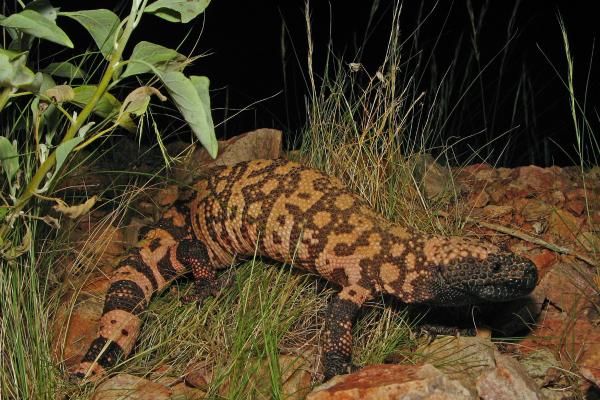
Easily recognized by its shiny black body and red hourglass mark, this spider’s neurotoxic venom is 15 times stronger than a rattlesnake’s.
Effects on humans: Central nervous system paralysis, muscle pain, high blood pressure.
Temperament: Shy and non-aggressive, rarely fatal to humans.
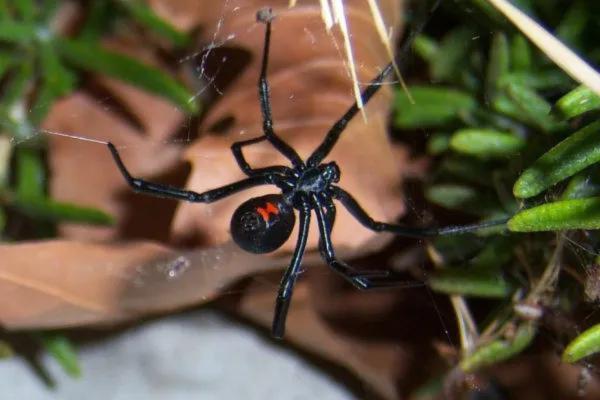
scorpions.html">Scorpions are infamous in Mexico, especially species within the Centruroides genus, which are highly venomous and depend heavily on their venom due to their small pincers.
Symptoms: Numbness, throat tightness, nausea, swelling, cardiac or respiratory failure in severe cases.
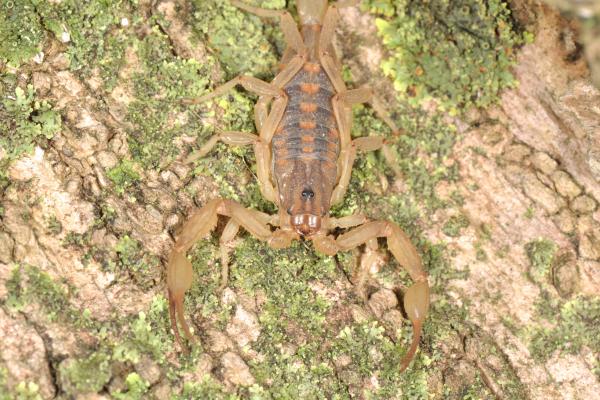
The only sea snake in the Americas, it lives in open ocean waters and is extremely venomous.
Venom: Neurotoxic; just 1–4 milligrams per bite can be lethal.
Encounters with humans: Rare, as it's typically non-aggressive.

Responsible for most venomous snake bites in Mexico, this snake is easily agitated and aggressive.
Symptoms: Lymphatic system damage, renal failure, blistering, necrosis, potential amputation.
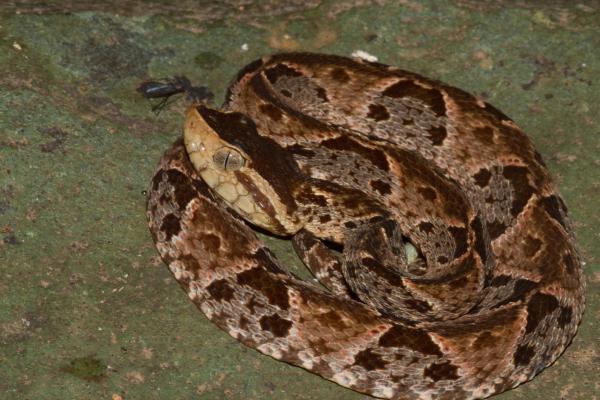
These snakes use heat-sensing pits to locate prey and inject a neurotoxic and myotoxic venom.
Symptoms: Muscle tissue necrosis, paralysis.
Fun fact: They can regulate how much venom they inject—or bite without injecting at all.
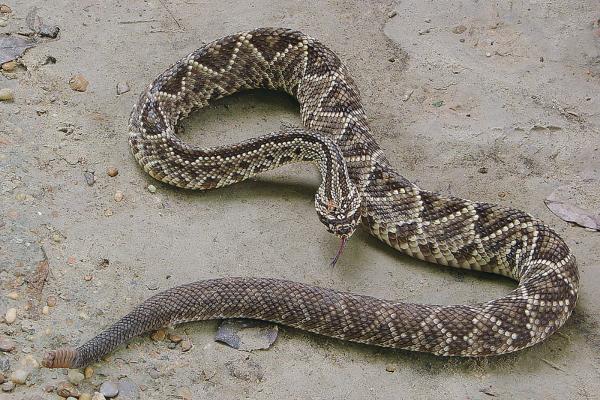
This pit viper lives in forests near water sources and is known for its aggression.
Venom: Hemotoxic; causes intense pain, tissue necrosis, and possible amputation.
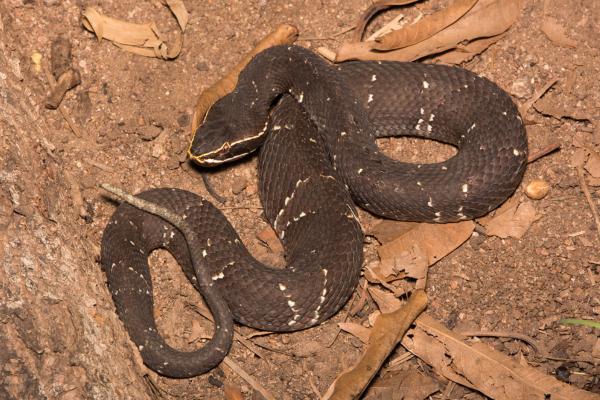
A small, brightly-colored arboreal viper, it uses camouflage to ambush birds and rodents.
Venom: Myotoxic and hemotoxic.
Bites: Rare in humans; fatalities are uncommon.
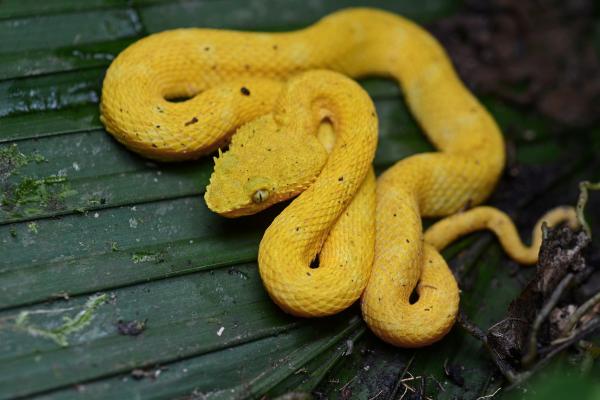
This brightly colored red, black, and yellow snake delivers neurotoxins that cause flaccid paralysis.
Onset: Symptoms appear within 20 minutes; if untreated, can result in death by asphyxiation.

The most venomous animal in Mexico, this spider has 16 endemic species across different states.
Venom: Dissolves protein tissue, causes necrosis.
Risk: Can be found in urban areas; untreated bites may lead to kidney failure and death.
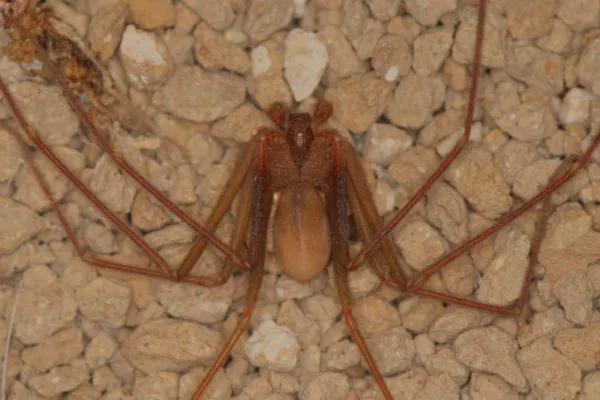
Oaxaca Hog-nosed Pit Viper (Porthidium dunni)
Mexican Beaded Lizard (Heloderma horridum)
Spotted Gallotia Lizard (Gallotia intermedia)
Mojave Rattlesnake (Crotalus scutulatus scutulatus)
Taylor’s Cantil (Agkistrodon taylori)
Common Lancehead (Bothrops atrox)
Tityus genus scorpions
Jumping Viper (Atropoides nummifer)
Mexican Pygmy Rattlesnake (Crotalus ravus)
Tehuacán Coral Snake (Micrurus pachecogili)
Avoid hiking through tall grass and rocky crevices.
Wear protective clothing like boots and long pants.
Keep an eye out for warning colors and sounds (e.g., rattles).
Seek immediate medical attention if bitten or stung.
Bibliography
Ramírez Bautista, A., and M. C. Arizmendi. (2004). Heloderma suspectum. Systematics and natural history of some amphibians and reptiles of Mexico. SNIB-CONABIO databases. Project W013.
Tay Zavala, J., Castillo Alarcón, L., Juliá Zertuche, J., Romero Cabello, R., & Velazco Castrejón, O. (1980). Accidents due to the bite of venomous animals, Part 1. Journal of the Faculty of Medicine, 7(7).
Castro, E. E. N., Valle, M. B., & Cano, A. A. (2014). Venomous reptiles in Mexico. UNAM Journal, Vol. 15, No. 11, ISSN 1607-6079.
animal tags: venomous animals in Mexico poisonous spiders Mexico deadly snakes Mexico Mexican scorpions venomous lizards Mexico wildlife safety in Mexico.
We created this article in conjunction with AI technology, then made sure it was fact-checked and edited by a Animals Top editor.